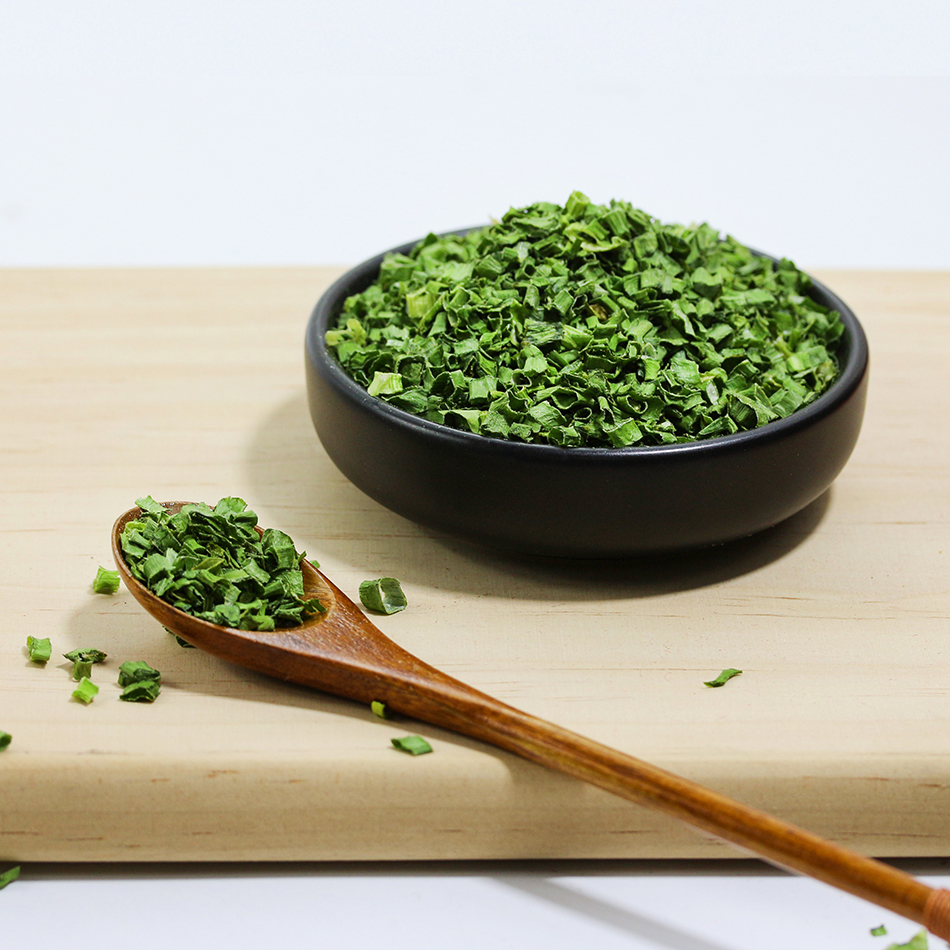Maintenance and maintenance of electronic balance
1. Use of electronic balance 1.1 Preheating in advance. Electronic balances usually require preheating before use, and the warm-up time of each balance is often different. Generally speaking, the higher the accuracy level of the balance, the longer the warm-up time required, according to the requirements in the balance instruction manual. Preheating, if necessary, can extend the warm-up time (usually the lower the ambient temperature, the longer the warm-up time). In fact, many users are ready to use when using the balance, which does not guarantee the metering performance of the balance. Therefore, electronic balance warm-up is the focus of accuracy. 1.2 Environmental conditions. Environmental conditions are also an important factor affecting the metering performance of electronic balances. If no special temperature limit is specified in the operating instructions of the electronic balance, the balance shall work normally at temperatures between -10 ° C and 40 ° C; if a special temperature limit is specified, the balance shall be operated under the specified temperature conditions; The balance also has requirements for the humidity of the environment. For example, a level I balance requires a relative humidity of no more than 80%. 1.3 level status. Generally, high-precision electronic balances are equipped with leveling devices and leveling devices. During use, the level of the balance should be checked frequently. In fact, some users often neglect the inspection of the level of the balance (the electronic balance often causes unevenness or unevenness due to movement or other reasons), which is also the main reason for the inaccurate data of the balance. 1.4 Calibration at any time. Some people think that after the periodical verification, the electronic balance is accurate within the validity period, and often ignores the importance of calibration, even without calibration. As everyone knows, electronic balances often change slightly in measurement performance due to environmental conditions, human factors, etc., which requires us to calibrate them in daily use. The electronic balance should be calibrated daily or before each use, increasing the frequency of calibration if necessary. 2. Maintenance and maintenance of electronic balances 2.1 The room should be protected from direct sunlight, so choose a shady room or use a shading method. The workbench should be firm. 2.2 Keep away from sources such as sources, heat sources and high-strength electromagnetic fields. 2.3 The temperature in the studio should be constant. If no special temperature is specified in the operating instructions, the balance should work normally at a temperature of -10 °C to +40 °C. The metering performance should meet the requirements of the electronic balance verification procedure. 2.4 The relative humidity in the studio should be between 45% and 75%. 2.5 The studio should be clean and clean to avoid the influence of airflow and no corrosive gases. 2.6 The electronic balance should not be overloaded. The weighing plate and its tray should be removed when moving and transporting. 2.7 The external power supply selection of the electronic balance should be consistent with the local voltage, such as 220V or 110V. 2.8 When weighing volatile and corrosive items, store them in a closed container to avoid corrosion and damage. 2.9 Take the sample out of the drying oven or refrigerator. After the temperature of the sample is consistent with the temperature of the balance chamber, weigh it. 2.10 After use, use a soft brush to remove the weighing pan and any material in the weighing chamber (do not sweep into the central sensor hole), keep the weighing room clean and dry, do not stick dust, pollutants and water droplets, do not introduce pollutants into the balance. In the gap, affect the sensitivity of the balance sensor; regularly scrub the scale and the protective cover with alcohol to ensure the normal opening and closing of the glass door.
Dehydrated millet onions are made by air-drying fresh millet onions for easy transportation and storage. It is used in family meals, restaurants and seasonings. Delicious and delicious, it is an indispensable spice in life. In life, people don't know how to eat dehydrated millet onions. Here are some practical methods of millet onions. First of all, dehydrated dried onions can stimulate the body's sweat glands and achieve the effect of sweating and heat dissipation. Scallion oil can stimulate the upper respiratory tract, making it easier to cough up sticky phlegm. Onions contain allicin, which has obvious anti-bacterial and viral effects. In particular, the inhibitory effect on Shigella and dermatophytes is more obvious.
Dehydrated Millet Shallot,Millet Shallots For Cooking Noodles,Dehydrated Millet Spring Onion,Delicious Dehydrated Millet Spring Onion Laian Xinshuyu Food Co., Ltd , https://www.xinshuyufood.com